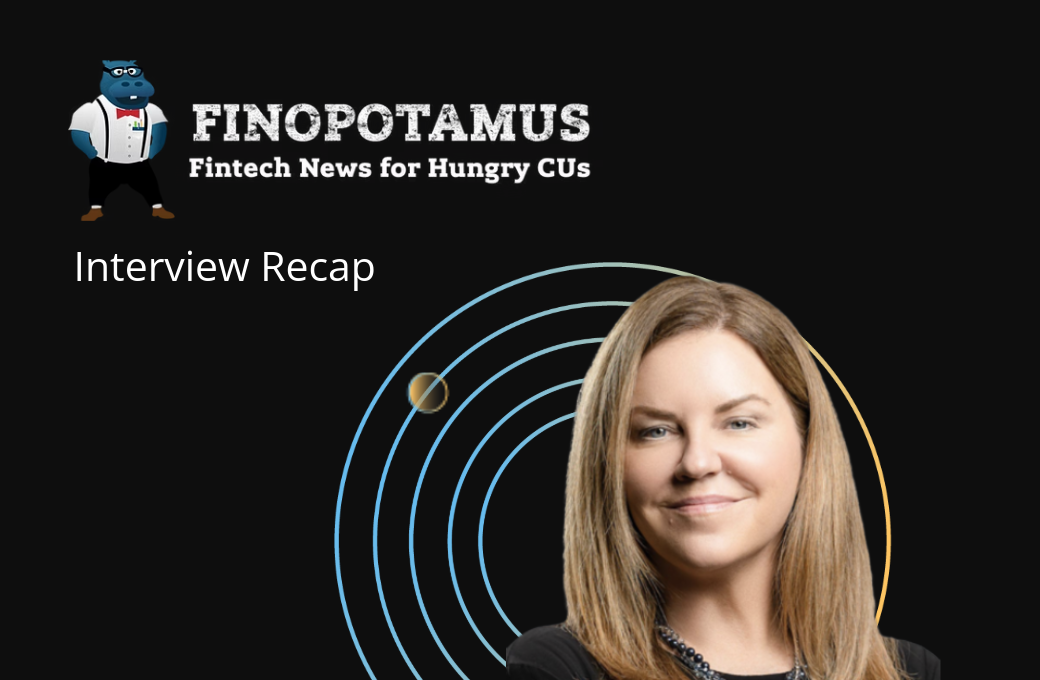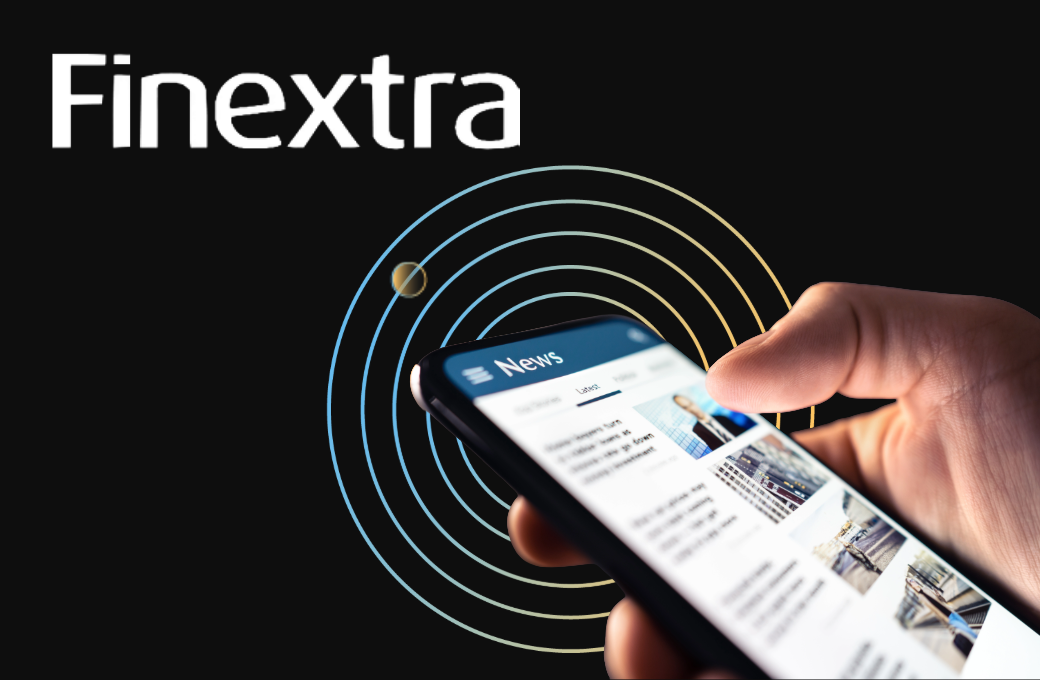From trading seashells and cattle, to metal coins and paper money, payments have taken many forms throughout history. Changing consumer needs and the growing global economy have molded the complex financial system we know today – or, as we like to call it, the Spiderweb.
And, as new technologies continue to emerge, our money’s evolution is about to pick up even more speed.
As PwC put it in their Payments 2025 & beyond report, “the financial services industry is in the midst of a significant transformation, accelerated by the COVID-19 pandemic. And given the key role digitisation plays in the financial lives of more and more of the world’s population, electronic payments are at the epicentre of this transformation.”
One recent movement we’ve witnessed is the wider use of contactless payments, a technology now known to 77% of Americans – up from 25% in 2019 – because of the perceived notion that cash exchanges lead to COVID-19 exposure.
But, each stride comes with new limitations and benefits that we want to explore because of the implications they have on key players in our world economy: payment providers.
From Barter to Options
The original payment system is widely referred to as the barter system, where goods and services were traded for other goods and services (almost always related to livestock and agricultural products). We then adopted coins, checks, cash bills, and cards to address the many limitations that came from each previous payment form, including: a lack of standard unit, difficulty in deferred payments, indivisibility, difficulty storing funds, making international payments, security concerns, and more.
Today’s payment systems form a completely new economy defined by card payments, electronic payments, real-time payments, and international and foreign exchange. We have experienced a seismic shift in the landscape with new payment technologies available to consumers at their fingertips, and with unprecedented events like the pandemic soaring demand for digital and contactless payments to all-time highs.
As the need for payment transformation increases, merchants are left grappling to find swift means to meet customer expectations. A recent study by PYMNTS revealed that the average U.S. retailer accepts 7.3 payment options; a statistic that’s only expected to climb as more methods emerge, reinforcing the need for a better way to stitch these different pieces together.
Not to mention the growing need for seamless, cross-border payment settlements. This has left fintech leaders now needing to master how to navigate through the payment landscape, by stitching together multiple banks, processors, and vendors while incorporating popular payment methods, such as mobile payments, in-store, and hybrid (e.g. purchase online, pick up in-store).
These are all moving parts that may not always move in unison, and managing a payments ecosystem means taking time away from building your core business and your overall customer experience. That’s why fintechs are at a pivotal moment in their superhero story, one where picking the right sidekick has never been more important.
Swipe Right to Qolo
An ideal partner for payment providers will set them up for the new economy from the ground up – stitching together banks, payment rails, and account capabilities all into one easy-to-use application to ensure a seamless transition into the new “normal” of payments.
With the right partner, the daunting task will be as easy as swiping right.
Qolo can make payments easy by eliminating the need to navigate multiple platforms. A single end-to-end payments API that eliminates slow and expensive processes, and replaces them with a new omnichannel payments infrastructure.
Did we mention that Qolo is also the first and only US-based 100% cloud-based issuing processor?
It’s no secret that the payments industry is in the midst of a significant facelift and as we quickly approach a cashless society, more innovation is to be expected (and needed). That’s why, at the heart of what we do, we make the exchange of value as fluid and dynamic as possible for modern fintechs.
We’re here to provide businesses with the tools they need for multiple streamlined payment options. So, they’re ready for tomorrow’s economy.



